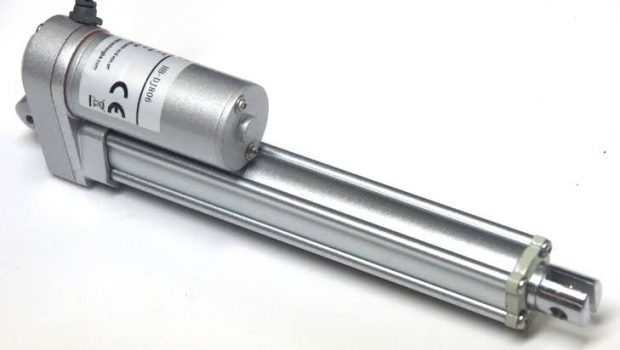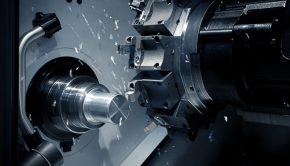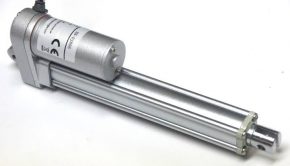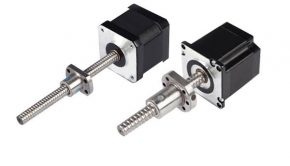What Are Linear Motion Control?
Linear motion control (linear stepper motor) is a common mechanical design system in several technologies. It is a simpler variation of the rotary design, they are similar in the way they operate and perform in action. So, when you view a rotary system, you can be sure that there is a simpler system that performs similarly to it.

The linear motion control or linear stepper motor is used in several technologies including linear actuators, linear motors, and linear guides and bearings. Many industrial machines depend on the linear motor control system- industrial machinery and automation, computer peripherals (including printers, disk drives), machine tools, packaging tools, home automation, medical imaging tools, diagnostic tools, inspection, and robotics applications.
The linear motion control and linear stepper motor have a two-axis configuration, X-Y. But, there are also less complex single-axis configuration and three-axis configuration. Even though, the most common types that are available in automation and machines that you can find largely everywhere is the two-axis configuration. This shows linear motion control is a very dynamic control system.
Linear drives are capable of moving load or carriage to the desired position, making it a great tool for positioning. The most common linear motion control drive technologies are belt drives, ball screw drive, lead screw drive.
Linear motors
When looking at linear motors, imagine a rotary motor that is rolled out and laid out flat- a linear motor is rolled out and flat development from a rotary system. A linear motor is best imagined as a stator and rotor cut on a radial plane, after which they are rolled out to create a linear control/thrust. The stationary part of the linear motor is energized to facilitate motion in the moving part.
Choosing a linear motor could be great as there are many benefits the user stands to enjoy. Linear motor has a fast response time, high speed, high precision, accuracy, stiffness, and elimination of backlash ( which is because there are no components of mechanical transmission involved).
The early forms of linear motors were cylindrical, but over time there were changes in the construction. There are also the U-channel types and the flat linear types ( which are either the spotless ironless, slotless iron and slotted iron).
When choosing a linear motor, you have to put several factors into consideration. Factors to influence your choice include thermal consideration, force, loads load bearings, clearance consideration, and space. Putting these factors into consideration will help you achieve satisfying work.
Linear Stepper Motor
A linear stepper motor is more like the linear motors you find around. It is a variation of the rotary design, it is cut and laid flat. A linear stepper motor runs as an open-loop system that is capable of high speed and high resolution.
The linear stepper motor uses a hybrid design with two main parts, a base or platen, and a slider or force. The structural functions of the linear stepper motor are a bit different from that of other motor designs of linear format. The platen or base of the linear stepper motor is a passive component, which could be a slotted steel or stainless steel plate milled into it. The forcer, on the other hand, contains laminations with a permanent magnet, slotted teeth, and motor windings.
A strong magnetic attraction is created by the magnetic flux between the two components of the linear stepper motor, ‘the platen and the force’. Bearings, which could be air bearings or mechanical roller bearings are integrated into the linear motor system with the sole purpose of maintaining an air gap between the platen and the force. In a case whereby their bearing is adopted, the platen serves as the surface for the air bearing.
Linear Actuator
Linear actuators are linear motor controls that are essentially designed to produce linear motion. They are conversion tools used to convert non-linear or rotary motion to linear motion. Linear actuators could be mechanical, hydraulic, electromechanical, pneumatic or piezoelectric.
At IntelLiDrives, you can get any type of linear actuator or linear stepper motor that can help improve your precision and accuracy. IntelLiDrives linear motors can be used for various applications in industries and also for medical applications. For more information, be sure to visit www.intellidrives.com for more information
















